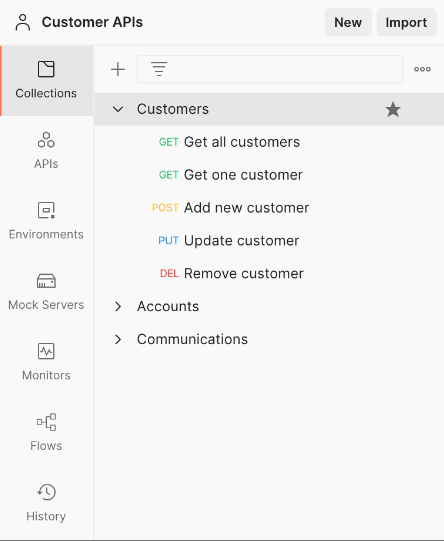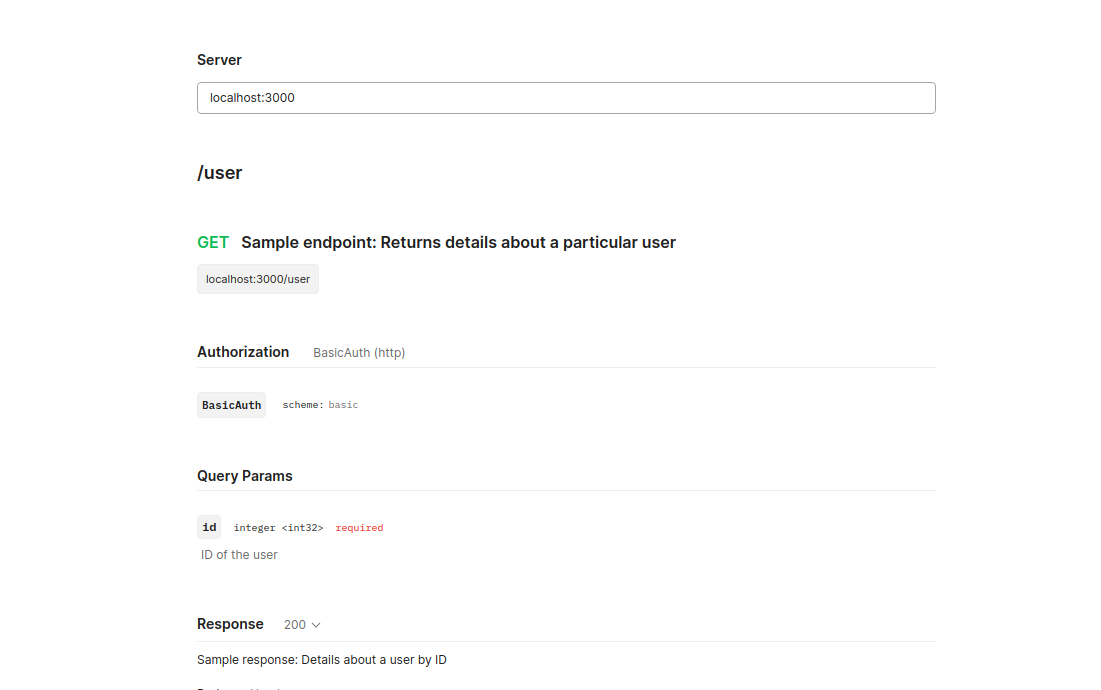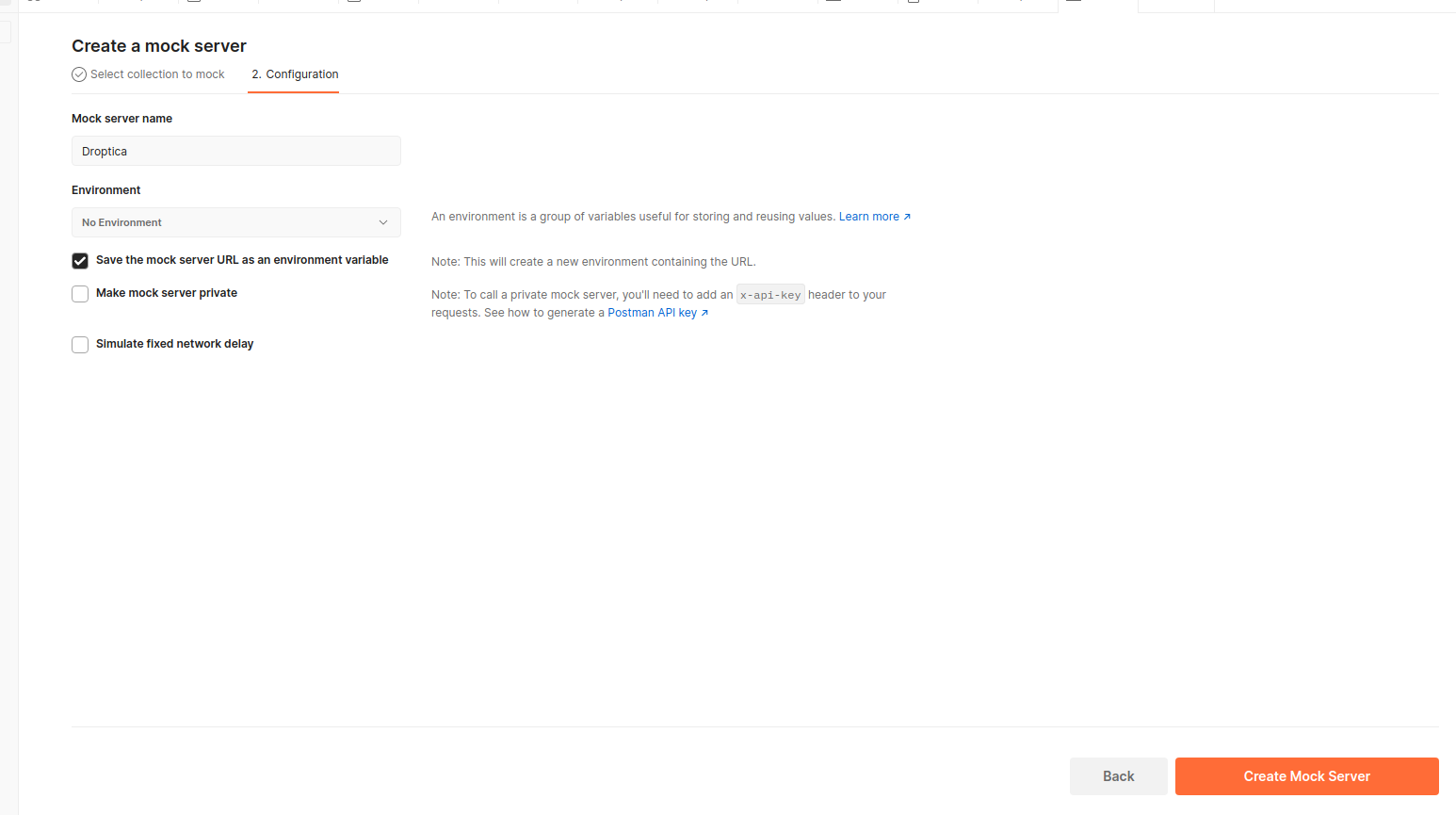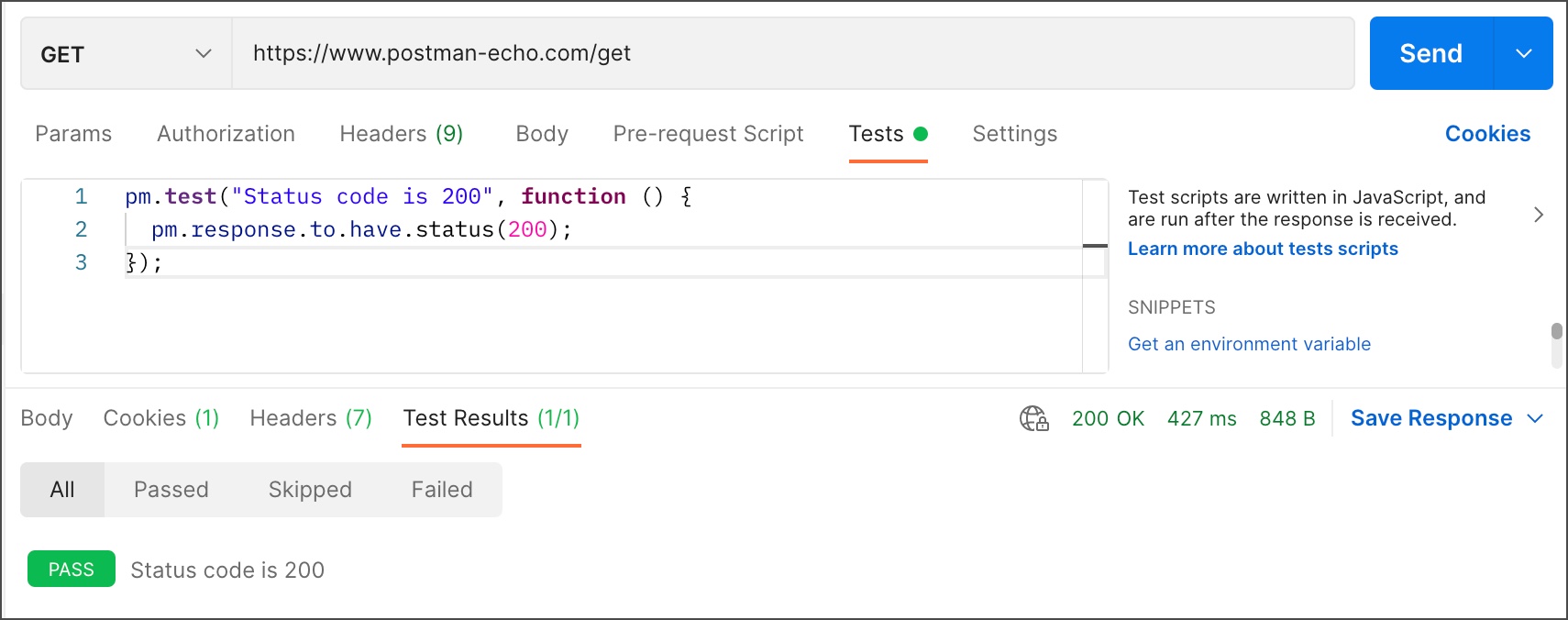
What Is Postman, What Is It Used for, and What are Its Functionalities?
In the world of application development, API is a great way to upload and retrieve the data we need. The mechanisms responsible for sharing data in an API can be either simple services providing information on currency exchange rates, or carry out more complicated processes, allowing for creating users or processing larger amounts of data. However, what if we want to test or check what result will be returned to us by a particular API?
What is Postman?
Postman is a tool that will help you work with an API through a clear graphic interface. It offers many functionalities, thanks to which, apart from simply calling an endpoint, which is a single address responsible for a given service, we are able to do many more things that we'll describe later in this article. Postman is used by over 500 thousand companies around the world, and thanks to its popularity, it offers constant support and continues to develop its services.
The basic plan for using this tool is free, and it includes all the basic functionalities. Other plans are based on a monthly subscription and allow working on more advanced projects with more people involved.
How to install Postman
The tool is available in a desktop version for Linux, Windows and MacOS, as well as a browser application. The latter version, however, offers limited possibilities, unlike the full installer version. To start working, we need to create a free account on the Postman website, and then download the appropriate version of the application to our computer. After a correct installation, we can use all the functionalities of this tool.
How to use Postman. Main functionalities
Postman is an ideal tool for working with API, that'll allow us to easily manage endpoints. It allows creating collections which group and organize all related queries together with the necessary data. As soon as we create the necessary collections, we'll be able to share them, together with the results of our work, with other users in our team. In addition, thanks to the built-in tools, we're able to create automatic tests that allow reducing the number of unpredictable errors.
Let's take a closer look at some of the Postman functionalities.
Collection in Postman
A collection is a group of API queries which allows us to save them and use them in the future. A good example of using a collection to facilitate our work are projects in which we have sets of endpoints divided into categories. For example, a set of APIs supporting the operation of a store, where it'll be necessary to edit, create and delete customers, accounts, messages, etc. Thanks to this solution, we're able to create a ready-made query structure and share our work with others.

API development
Thanks to Postman's built-in tools, we can go through every stage of building an API. After creating the first queries, the next step is to create documentation, which we'll add via Postman's built-in tool. It'll allow future team members to understand things more easily and start their work faster.

Another advantage of working in Postman is the ability to easily transform API structures into a functioning and publicly-accessible software. This is possible thanks to Mock Server available in this tool, which creates on the basis of a ready-made collection a server that collects all the sent data.

API testing tools
Postman makes it possible to add tests that allow greater control over API and reduce unwanted errors. We can use ready-made solutions and CI integrations, e.g.:
- CircleCI,
- Jenkins,
- Travis CI.
Another option is adding our own tests. A simple example of our own test could be checking the connection to a specific endpoint:
pm.test("Status code is 200", function () {
pm.response.to.have.status(200);
});

Source: Postman Learning Center
Work in a team
When many users work on one API set, it's important to synchronize the work between them. Differences in available data can be problematic, especially with more people working at the same time. This problem is eliminated by the workspaces available in Postman, which allow us to create a team. After adding a user to our workspace and giving this person the appropriate permissions, they'll have access to the shared collections.
What is Postman? Summary
There are many tools for developers and testers to help in their daily work. One of them is Postman. It allows saving an API, testing and developing it in a quick and easy way. In addition, it provides the ability to synchronize data with other users, which speeds up work in a team. Thanks to its simplicity and regular support, it's one of the better tools available.
Are you wondering what tools will be the best for creating your websites or applications? We'll be happy to tell you what solutions we use when building dedicated software.













